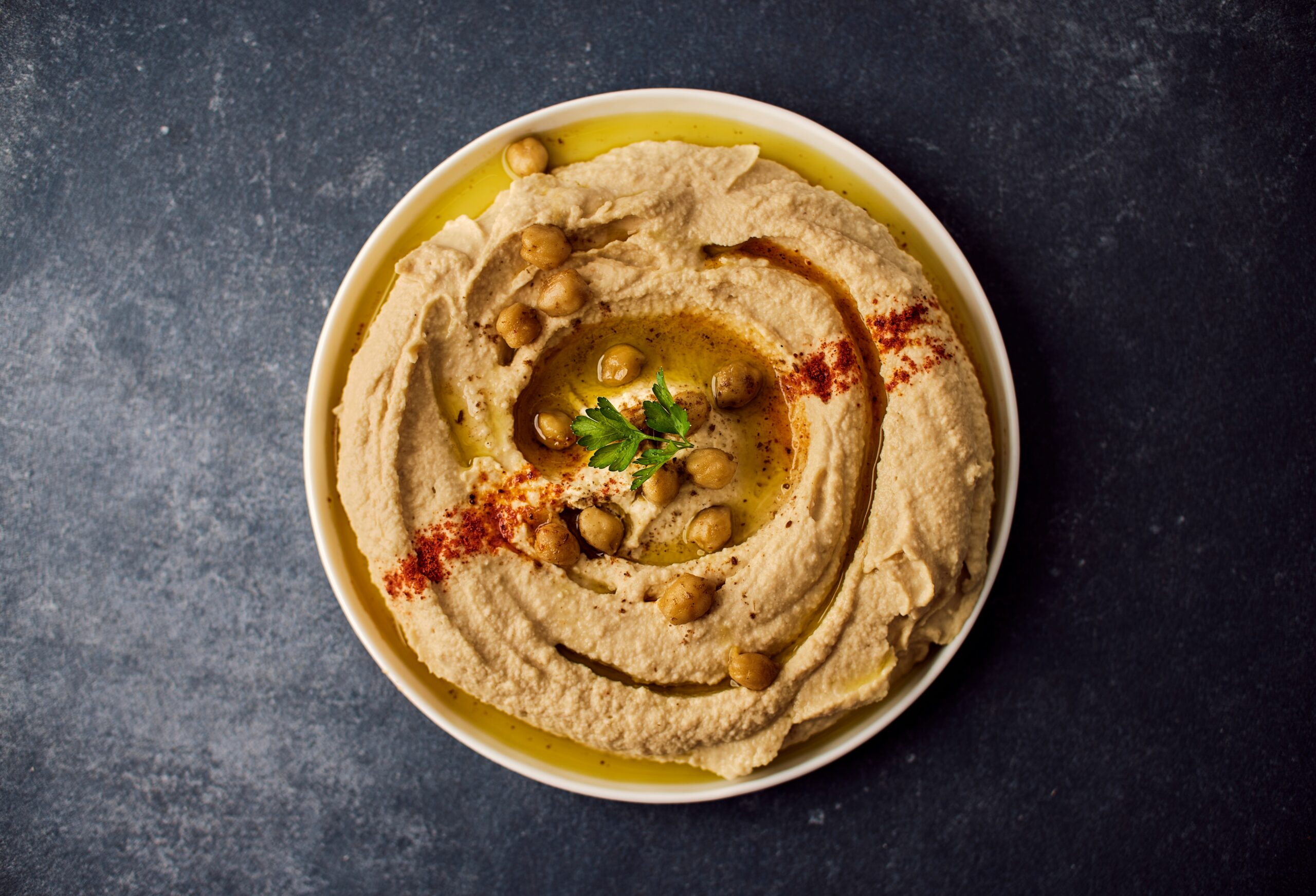Society
2.16.2024
How Hummus conquered the world

Hummus is a dish ingrained in Levantine culture. But its creamy texture and nutritious profile have propelled it to worldwide popularity.
According to Lebanese historian Charles Hayek, the first mention of chickpeas can be found in the Epic of Gilgamesh, which represents the first documented writing in the history of mankind. However, the first documented recipe resembling the contemporary preparation of hummus dates back to a 13th-century work written by an anonymous author. In Ayyubid Aleppo, circa 1260, the historian Ibn al-Adim documented a recipe that closely mirrors the way hummus is prepared today: crushed chickpeas mixed with tahini, garnished with parsley and drizzled with olive oil. Despite this, the recipe has evolved over time, particularly in Beirut. It was here, amidst abundant citrus orchards, that lemons were introduced to the recipe, becoming a fundamental element of modern hummus.
View this post on Instagram
In the UK, supermarket chains such as Waitrose and Marks & Spencer began offering hummus in the late 1980s and early 1990s respectively, marking its entry into the mainstream. Today, hummus is a mainstream product in British supermarkets, with Tesco’s annual sales topping 30 million pots. The economic significance of hummus’ popularity is considerable, with the global market estimated to be worth USD 2.62 billion in 2020 and set to reach USD 6.60 billion by 2028. This trajectory is being driven by consumers’ increased focus on health and nutrition. Hummus is praised for its nutritious composition, characterised by a harmonious blend of proteins, vitamins, minerals and a low glycaemic index. This is in line with growing consumer demand for healthier food options, cementing its status as a staple food in 25% of American households. This is a considerable increase on the situation twenty years ago, when hummus sales were virtually insignificant.
Hummus, with a twist
The hummus range has expanded considerably, encompassing flavours that go beyond its traditional components. This expansion includes varieties such as peanut butter, pizza, chocolate mousse, curry, wasabi and beetroot. The introduction and rise of hummus in Western countries was facilitated by cultural and culinary innovators such as Elizabeth David, who introduced Middle Eastern recipes to Britain in the mid-20th century, and by the growing influx of Western tourists to Mediterranean regions in the 1970s. These factors, combined with the increasing availability of hummus in supermarkets, have contributed to its integration into mainstream food preferences.
popular

